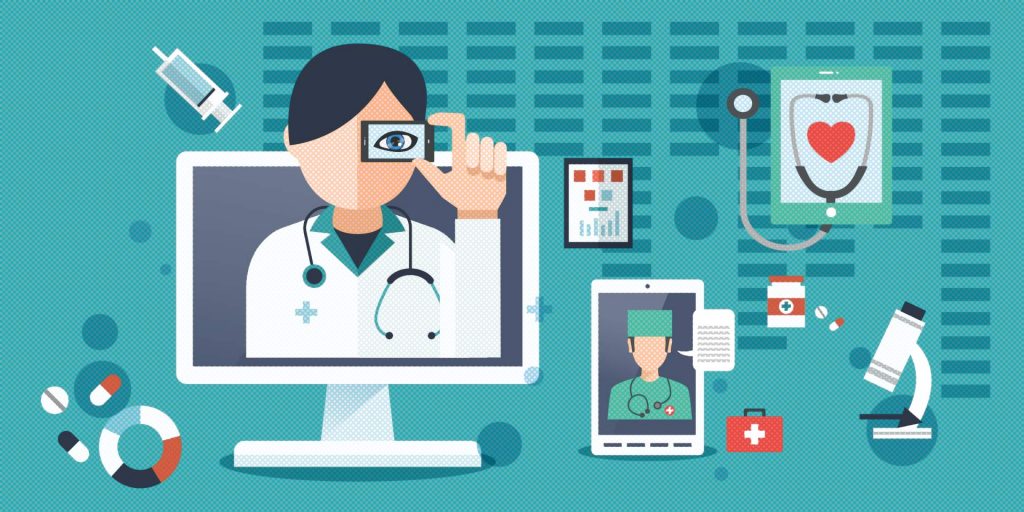State of the Union: 2019 Healthcare Trends
Surveys indicate that voters continue to be frustrated with inflated drugs prices, rising out-of-pocket expenses, and grim health insurance benefits.
Most projections indicate that Democrats will fall short of taking senate control next year, much less meet the 60-vote supermajority that is needed to pass Medicare for All (without a filibuster). Republicans haven’t been shy about sharing their intentions to unanimously vote against the bill.
The Democratic House has a progressive agenda regarding healthcare, but the laws presiding over healthcare are most likely going to stay as is.










